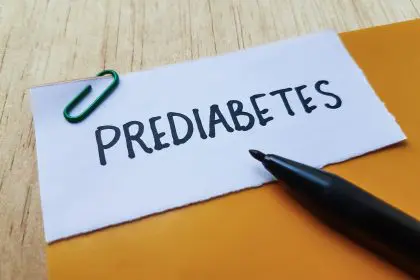The myriad effects of alcohol on the human body are well-documented, ranging from temporary euphoria and relaxation to chronic health issues and dependency. However, one of the most severe and less frequently discussed consequences of alcohol consumption is the potential for blindness. This dire outcome is not a result of moderate drinking of standard, regulated alcoholic beverages but stems from consumption of wrong alcoholic drinks, improperly manufactured or illicitly distilled drinks, which may contain harmful substances.
The risk of blindness underscores a critical public health issue, highlighting the dangers lurking in unregulated or homemade alcoholic concoctions. These dangers are not always immediately apparent, making it a silent threat that many might unknowingly embrace. This article aims to shed light on the crucial aspects of how certain alcoholic drinks can lead to such a drastic health condition, identify the toxic substances responsible for this effect, and outline essential preventive measures.
Our goal is to inform and equip readers with the knowledge needed to make safer choices regarding alcohol consumption, thus safeguarding their health and well-being against the hidden risks of blindness associated with certain types of alcohol.
The hidden dangers in alcoholic beverages
Methanol: The culprit behind the curtain
At the heart of this issue lies methanol, a substance often found in homemade or illicitly distilled spirits. Unlike its counterpart, ethanol (the type of alcohol safe for consumption in moderation), methanol is highly toxic. Even small amounts can have devastating effects on the human body, including the nervous system and eyesight.
The path to blindness
When methanol is metabolized by the body, it produces formaldehyde and formic acid, compounds that are highly toxic to the central nervous system and the optic nerve. This toxicity can lead to a condition known as methanol poisoning, with symptoms ranging from headaches and dizziness to more severe outcomes like blindness and even death.
Recognizing the risks
Homemade and illicit spirits: A dangerous gamble
The most significant risk of methanol poisoning comes from consuming homemade or illicit spirits. These beverages often lack the quality control of legally produced alcohol, making them more likely to contain dangerous levels of methanol. In some cases, unscrupulous producers may even add methanol deliberately, as it is cheaper than ethanol.
Warning signs and symptoms
Early detection of methanol poisoning is crucial. Symptoms include abdominal pain, dizziness, headaches and a feeling of intoxication that is disproportionate to the amount of alcohol consumed. As the poisoning progresses, more severe symptoms like visual disturbances, blindness or seizures may occur.
Preventive measures: Protecting yourself
Educating yourself and others
Awareness is the first step towards prevention. Understanding the risks associated with consuming homemade or illicitly distilled spirits can significantly reduce the likelihood of methanol poisoning.
Choosing safe beverages
Always opt for legally produced and sold alcoholic beverages. These are subject to strict regulations and quality control measures that significantly lower the risk of contamination with methanol or other harmful substances.
When in doubt, seek medical help
If you or someone you know exhibits symptoms of methanol poisoning, seeking medical attention immediately is critical. Early treatment can prevent some of the more severe effects, including blindness.
The role of authorities
Government and health organizations play a crucial role in preventing methanol poisoning. This includes regulating alcohol production, educating the public about the risks of homemade and illicit spirits and enforcing laws to curb the sale of unsafe alcoholic beverages.
The grave consequences of the wrong alcoholic drink
In closing, the dire consequences of selecting the wrong alcoholic drink illuminate the critical need for vigilance and education regarding alcohol consumption. The presence of methanol in unregulated spirits represents a severe health hazard that can result in irreversible damage, including blindness and, in extreme cases, death. This toxic byproduct — largely found in illicitly distilled or homemade alcoholic concoctions — underscores the peril of consuming beverages that bypass legal production standards and quality controls.
To navigate these dangers, individuals need to make judicious choices about their alcoholic beverages, prioritizing those that have been legally produced and subjected to stringent safety checks. Awareness and knowledge about the potential risks associated with methanol poisoning are vital tools in preventing such dire health outcomes. Moreover, the importance of prompt medical intervention cannot be overstated; recognizing the symptoms of methanol exposure and seeking immediate medical attention can significantly mitigate the risks of long-term damage.
This discussion reinforces the indispensable role of regulatory bodies in safeguarding public health through the enforcement of alcohol production and distribution standards. It also highlights the responsibility of each individual to remain informed about the risks associated with alcohol consumption. By fostering a culture of safety, awareness and regulatory compliance, we can protect ourselves and our communities from the hidden dangers of the wrong alcoholic drink, ensuring that the joys of socializing with alcohol come with minimal risks and informed choices.
This story was created using AI technology.

















